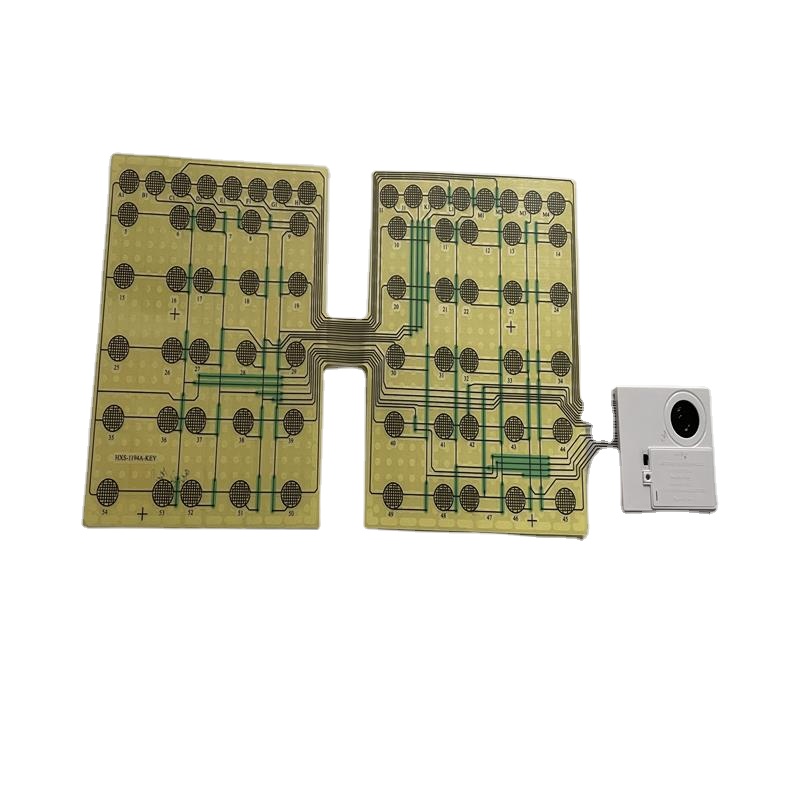The speed record for data transmission using a single light source and optical chip has been shattered once again. Engineers have transmitted data at a blistering rate of 1.84 petabits per second (Pbit/s), almost twice the global internet traffic per second.
It’s hard to overstate just how fast 1.84 Pbit/s really is. Your home internet is probably getting a few hundred megabits per second, or if you’re really lucky, you might be on a 1-gigabit or even 10-gigabit connection – but 1 petabit is a million gigabits. It’s more than 20 times faster than ESnet6, the upcoming upgrade to the scientific network used by the likes of NASA. Voice Book

Even more impressive is the fact this new speed record was set using a single light source and a single optical chip. An infrared laser is beamed into a chip called a frequency comb that splits the light into hundreds of different frequencies, or colors. Data can then be encoded into the light by modulating the amplitude, phase and polarization of each of these frequencies, before recombining them into one beam and transmitting it through optical fiber.
In experiments, researchers from the Technical University of Denmark (DTU) and Chalmers University of Technology used the setup to transmit data at 1.84 Pbit/s, encoded in 223 wavelength channels, down a 7.9-km-long (4.9-mile) optical fiber that contained 37 separate cores. For reference, the global internet bandwidth has been estimated at just shy of 1 Pbit/s, meaning this system could potentially handle all of that at once with plenty of room to grow.
This data transmission speed greatly exceeds the previous record of 1.02 Pbit/s, which was only set in May this year. A previous optical chip design, similar to that used in the new study, managed 44 terabits per second in mid-2020.
But the new chip is far from finished breaking records, according to the team behind it. Using a computational model to scale the data transmission potential of the system, the researchers claim that it could eventually reach eye-watering speeds of up to 100 Pbit/s.
“The reason for this is that our solution is scalable – both in terms of creating many frequencies and in terms of splitting the frequency comb into many spatial copies and then optically amplifying them, and using them as parallel sources with which we can transmit data,” said Professor Leif Katsuo Oxenløwe, lead author of the study. “Although the comb copies must be amplified, we do not lose the qualities of the comb, which we utilize for spectrally efficient data transmission.”

Electric Torch The research was published in the journal Nature Photonics.